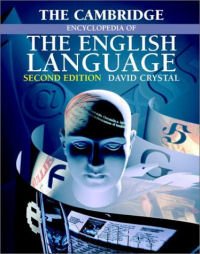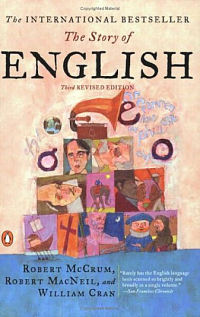
HOME
INTRO
SYMBOLS
ALMANAC
ECONOMY
GEOGRAPHY
STATE MAPS
PEOPLE
FORUM
NEWS
COOL SCHOOLS
STATE QUIZ
STATE LINKS
BOOK STORE
MARKETPLACE
NETSTATE.STORE
NETSTATE.MALL
GUESTBOOK
CONTACT US


Tweet
Double click on word for definition.
Wyoming State Language

Wyoming State Language: English
English was designated as the official language of Wyoming when Governor Jim Geringer signed House Bill No. 154 on March 15, 1996.
Wyoming Law
The following information was excerpted from the Wyoming Statutes, Title 8, Chapter 6.
TITLE 8 - GENERAL PROVISIONS
CHAPTER 6 - OFFICIAL LANGUAGE
8-6-101. English as official language of Wyoming.
(a) English shall be designated as the official language of Wyoming. Except as otherwise provided by law, no state agency or political subdivision of the state shall be required to provide any documents, information, literature or other written materials in any language other than English.
(b) A state agency or political subdivision or its officers or employees may act in a language other than the English language for any of the following purposes:
(i) To provide information orally to individuals in the course of delivering services to the general public;
(ii) To comply with federal law;
(iii) To protect the public health or safety;
(iv) To protect the rights of parties and witnesses in a civil or criminal action in a court or in an administrative proceeding;
(v) To provide instruction in foreign and Native American language courses;
(vi) To provide instruction designed to aid students with limited English proficiency so they can make a timely transition to use of the English language in the public schools;
(vii) To promote international commerce, trade or tourism;
(viii) To use terms of art or phrases from languages other than the English language in documents.
HISTORY:> Laws 1996, ch. 34, § 1.
Sources...
McConigley, Nimi. "1996 Budget Session House Bill No. 154." Legislative Public Access. Wyoming State Library, 15 Mar. 1996. Web. 31 May 2015.
"Wyoming Statutes." Wyoming Legislative Service Office. State of Wyoming, 1996. Web. 31 May 2015.
Additional Information
What are the origins of the English Language?: Merriam-Webster, Incorporated.
A Brief History of English: by Dr. L. Kip Wheeler 1998-2014.
The History of English: How Englsih went from an obsure Germainic dialect to a global language, by Luke Mastin.
State languages: Complete list of official state languages from NETSTATE.COM
More symbols & emblems: Complete list of official Wyoming state symbols from NETSTATE.COM.

The English Language
by David Crystal
The Cambridge Encyclopedia of the English Language, by David Crystal. 506 pages. Cambridge University Press; 2 edition (August 4, 2003)
The Cambridge Encyclopedia of the English Language is one of the publishing phenomena of recent times. Rarely has a book so packed with accurate and well researched factual information been so widely read and popularly acclaimed. This Second Edition now presents an overhaul of the subject for a new generation of language-lovers. The length of the book has increased by 16 pages and there are 44 new illustrations, extensive new material on world English and Internet English, and a complete updating of statistics, further reading suggestions and other references.

The Story of English
McCrum, MacNeil, and Cran
The Story of English: Third Revised Edition, by Robert McCrum, Robert MacNeil, William Cran. 496 pages. Penguin (Non-Classics); 3 edition (December 31, 2002)
Originally paired with a major PBS miniseries, this book presents a stimulating and comprehensive record of spoken and written English-from its Anglo-Saxon origins some two thousand years ago to the present day, when English is the dominant language of commerce and culture with more than one billion English speakers around the world. From Cockney, Scouse, and Scots to Gulla, Singlish, Franglais, and the latest African American slang, this sweeping history of the English language is the essential introduction for anyone who wants to know more about our common tongue.
A History of the English Language, by Albert C. Baugh, Thomas Cable. 447 pages. Prentice Hall; 5 edition (November 19, 2001)
For courses in the History of the English Language (English Composition). Comprehensive and balanced, this classic exploration of the history of the English language combines internal linguistic history and external cultural history--from the Middle Ages to the present. Students are encouraged to develop both an understanding of present-day English and an enlightened attitude toward questions affecting the language today.

